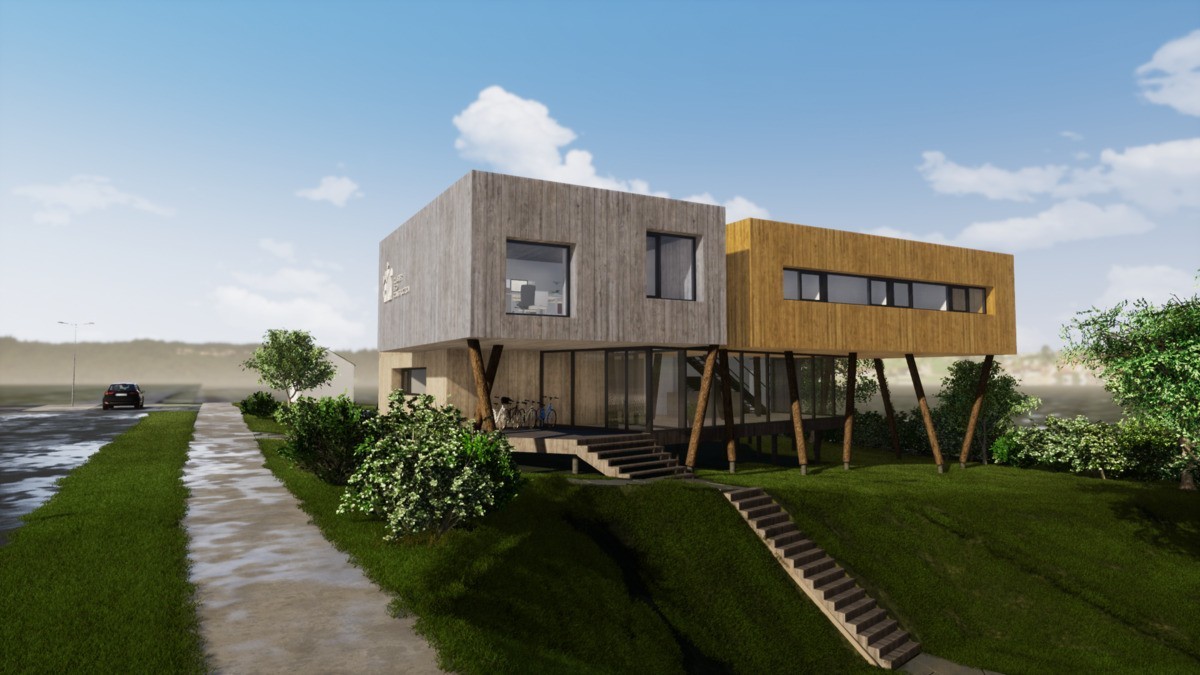Design & Build public procurement procedure

The Design & Build procedure is reassuring for the Project Owner because it provides an impression of safety regarding the schedule and the budget. In practice, however, a project is never hitch-free, no matter what procedure is used.
The Design & Build principle is interesting if we want architects and companies to work together on unusual techniques. However, the complexity of public procurement procedures and the considerable workload for the preparation of these Design & Build tenders may discourage companies that don't have the cash flow needed to cover the risk of losing the tender.
Finally, this procedure holds back creativity. The requirement for a fixed estimate during the tender phase pushes the successful tenderers to propose solutions that they know and master completely. They avoid proposing original solutions that would cause them to take too many risks in terms of the budget or the techniques to be mastered.
The Project Owner who wants to save time will not take the risk of launching a call to tender procedure with separate batches, in which the entire consultation may be cancelled if a batch doesn't provide results. The procedure therefore favours general contractors to the detriment of more local, small companies.
This procedure is therefore more adapted to large conventional projects that involve major construction players. It should, however, be discouraged for ambitious and original projects that want to showcase local small businesses.
Read the full article on : Design & Build public procurement procedure (BE) | Interreg NWE (nweurope.eu)



